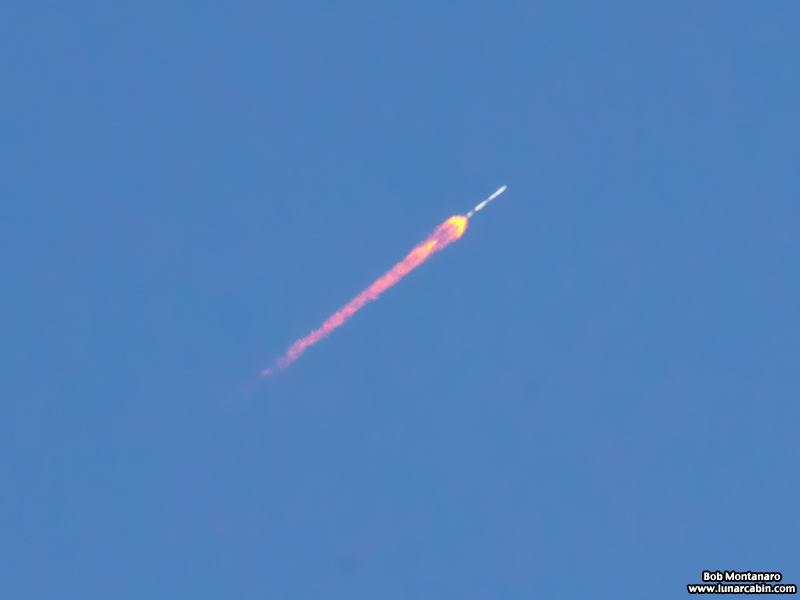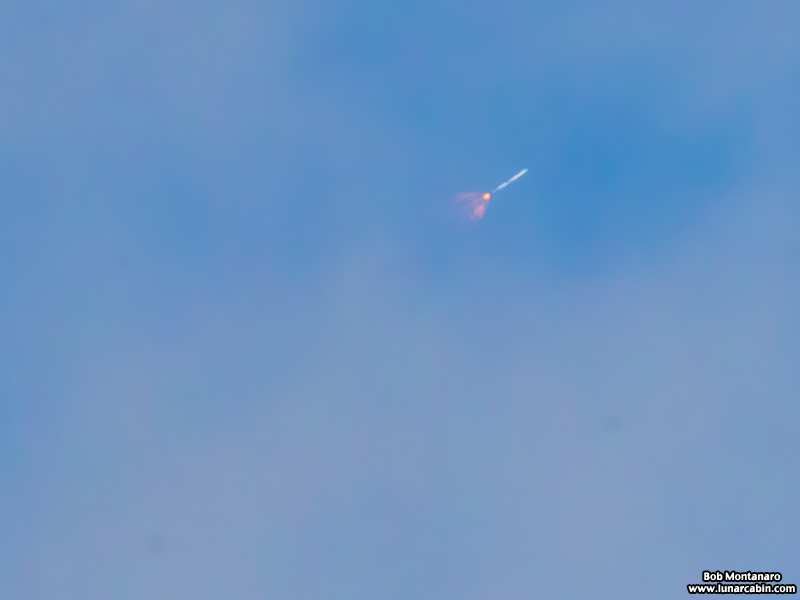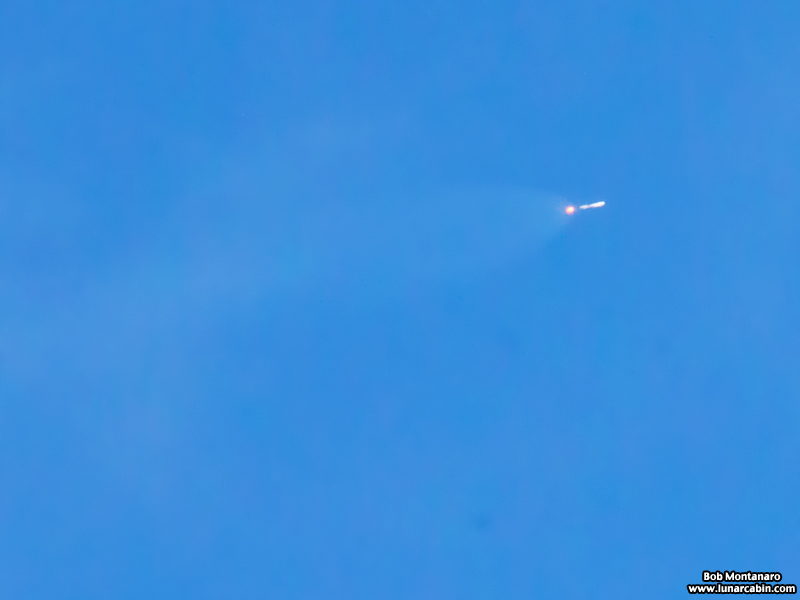 |
|
GovSat-1 (Falcon 9) 31 January 2018 |
Space Launch Complex 40 Cape Canaveral Air Force Station |
A SpaceX Falcon 9 rocket launched the GovSat-1 satellite to a Geostationary Transfer Orbit (GTO) from Space Launch Complex 40 (SLC-40) at Cape Canaveral Air Force Station at 4:25 p.m. on 31 January 2018. From the SpaceX press release: Falcon 9 ’s first stage for the GovSat-1 mission previously supported the NROL-76 mission from LC-39A in May 2017. SpaceX will not attempt to recover Falcon 9’s first stage after launch. Designed exclusively to address governmental and institutional security user needs, GovSat-1 is the first satellite of GovSat, a public-private partnership between the Government of Luxembourg and the world- leading satellite operator SES. The satellite enables secure communication links between theaters of tactical operations, for maritime missions or over areas affected by humanitarian crises. It is ideal to enable mobility and ISR (Intelligence Surveillance and Reconnaissance) applications. The multi-mission satellite offers X-band and Military Ka-band capacity, up to six high-powered fully steerable spot beams and an advanced Global X-band beam. Equipped with anti-jamming features, encrypted telemetry and control, GovSat-1 will provide enhanced resilience capabilities operated out of secured ground control facilities supporting communications within Europe, the Middle East and Africa, and enable operations over the Atlantic and Indian oceans, as well as over the Mediterranean and Baltic seas. GovSat-1 was built by Orbital ATK, and is offering 68 transponder-equivalent units of 36 MHz. It is designed to operate for 15 years, and has a launch mass of over four metric tons. |
|
 |
|
These are long range views of the launch taken from approximately 65 miles south of Cape Canaveral. |
|
 |
|
 |
|
The rocket moved in and out of clouds. |
|
 |
|
 |
|
At main engine cutoff the rocket moved into the clouds obscuring the rest of the observable part of the flight. |
|
All contents copyright Lunar Cabin |
|